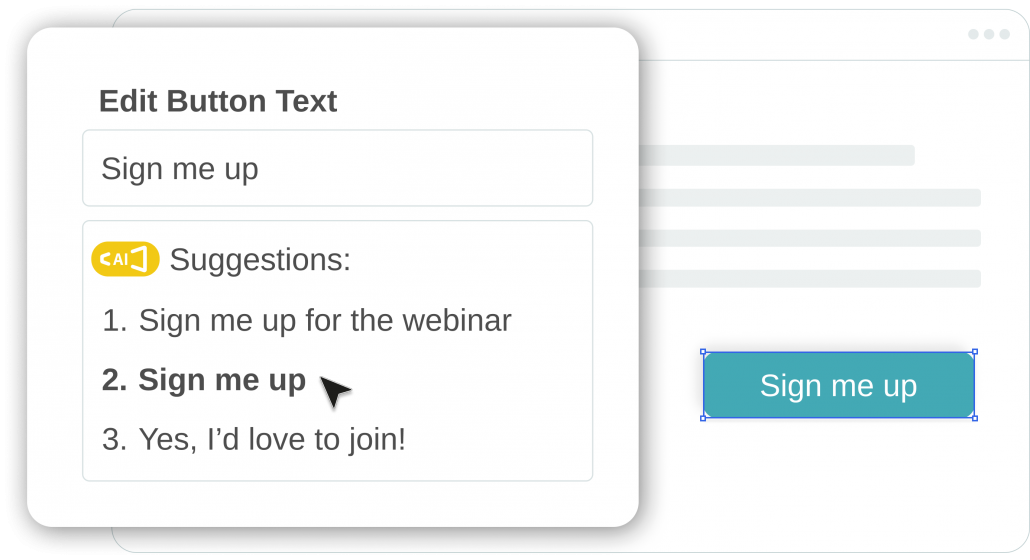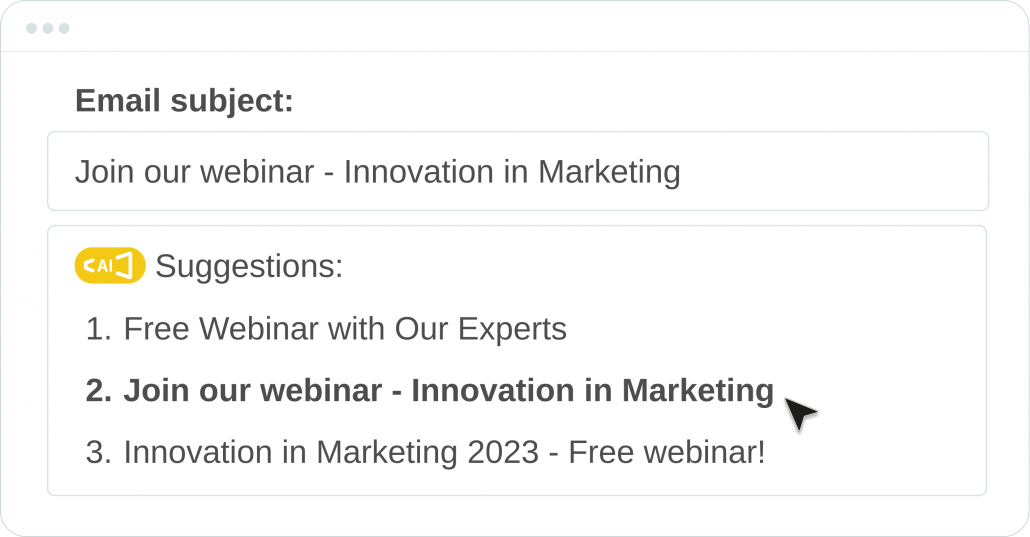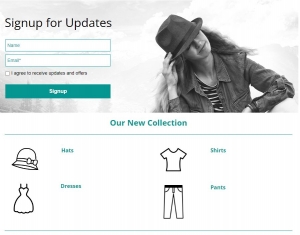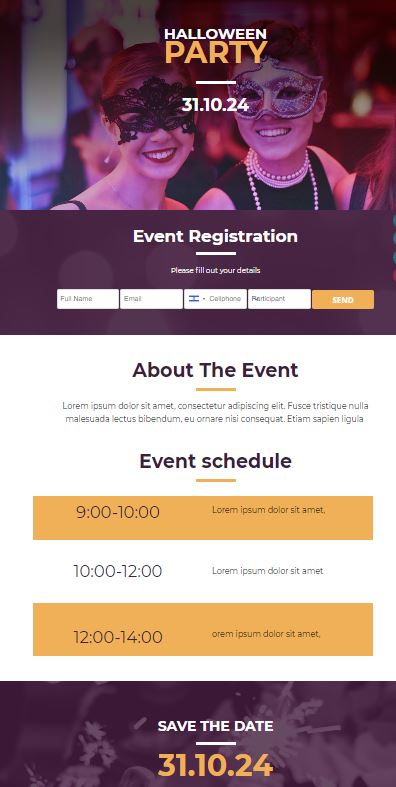Crafting call-to-action buttons (CTA) with the power of AI
Unlock the Potential Now Or Click Here?
CTA buttons have a significant impact on the conversion rate of digital assets, such as newsletters and landing pages. If button texts are written clearly and encourage action, they assist the target audience to understand “what’s at stake,” provide motivation to click, thereby substantially increasing click-through rates (CTRs).
What is a Call to Action Button?
A Call to Action (CTA) is a clear and focused directive that invites the visitor to perform a specific action, whether it’s subscribing to a newsletter, purchasing a product, joining a loyalty program, or any other active engagement.

How to Encourage Digital Audiences to Click?
Here are some tips for creating a call-to-action button that compels readers to click:
Define the Goal: Clearly map and understand marketing goals, focusing on one goal. Create a call-to-action button that encourages the desired action for achieving the goal.
A clear purpose makes it easier for readers to understand the intended action, increasing their likelihood of engaging.
Active encouragement for action: Ensure that your call-to-action is clear and focused. Readers should precisely understand what they are supposed to do. For instance, instead of writing “Watch the Video,” it’s better to say, “Watch Our New Video Now.”
The call-to-action should be compelling and directive, guiding readers toward the desired action.
Provide a stronger reason: The call-to-action should be unique and differentiating. It should stand out from the general content message. For example, instead of writing “Subscribe to Our Newsletter,” it’s better to say, “Subscribe to Our Newsletter and Get 10% Off Your First Order.”
The call-to-action should create a sense of urgency, making the reader feel they need to act now.
4. Fear of missing out (FOMO): The call-to-action should instill a sense of urgency. Readers should feel the need to act immediately. For example, instead of writing “Webinar Registration,” you can write “Limited Spots Available. Register Now!”
Creating a fear of missing out motivates the reader to take action promptly.
Placement: Location Matters – Position the call-to-action button in a place that integrates with the goal of the newsletter or landing page, where it stands out. Color can play a significant role here.
The call-to-action should be strategically placed to catch the reader’s attention and guide them toward the desired action.
Crafting AI-Enhanced Call-to-Action Texts
AI can be used to create effective call-to-action texts. AI can “read” the text before the button, identify factors influencing the conversion rate of calls to action (such as language, uniqueness, and a sense of urgency), and suggest wording options for your call-to-action button. During the editing process, after writing the content, the AI’s suggestion feature for the call-to-action button will present you with three options, and you can choose the most suitable one.
You can improve your engagement strategies by incorporating these tips into your call-to-action buttons and leveraging the power of AI to write compelling texts. Click with confidence and watch your audience respond!
What additional AI features does inwise offer?








